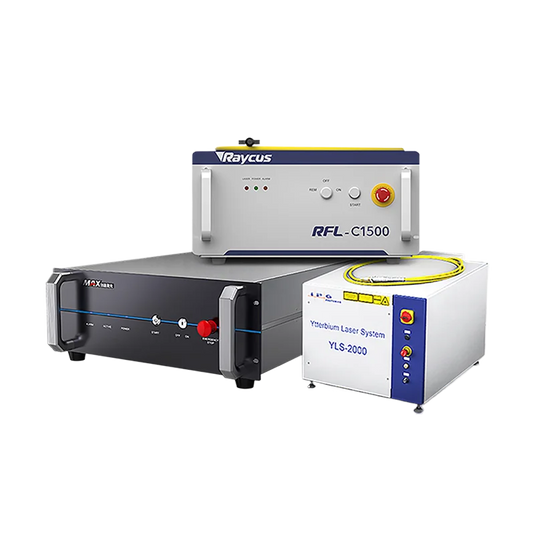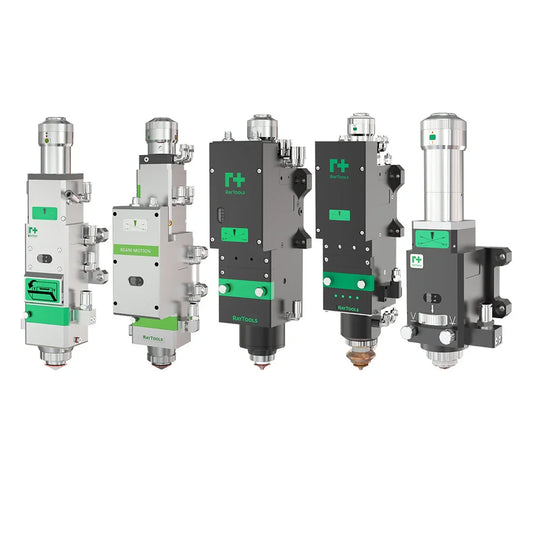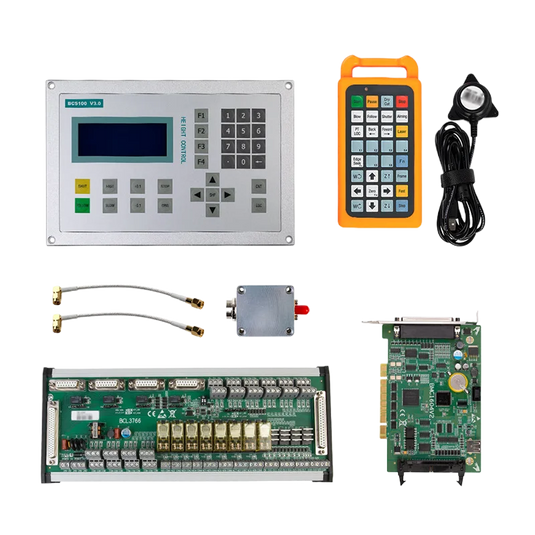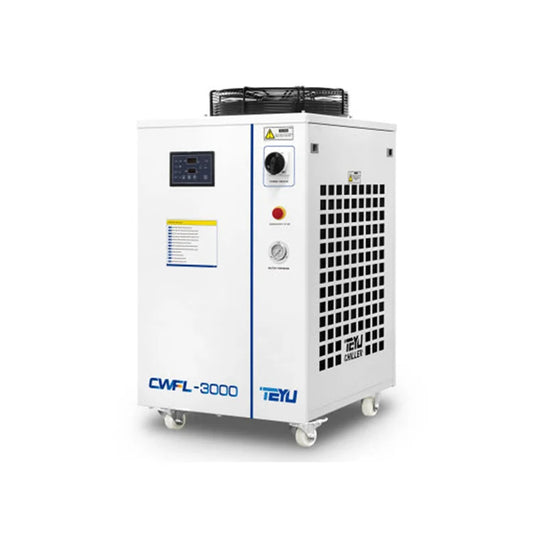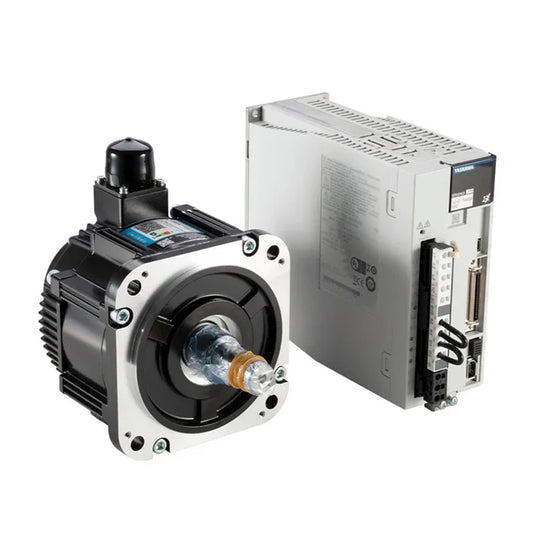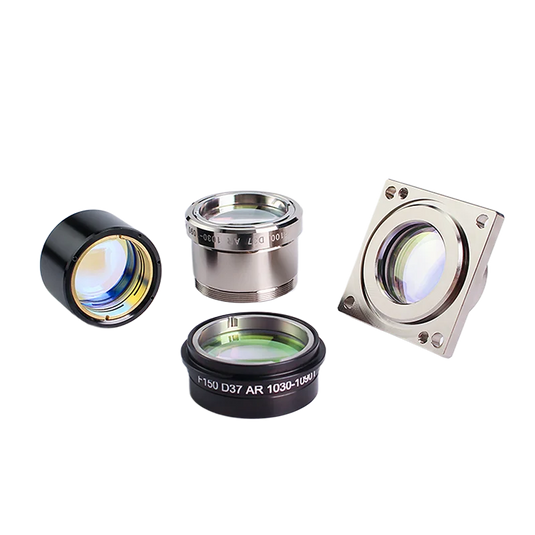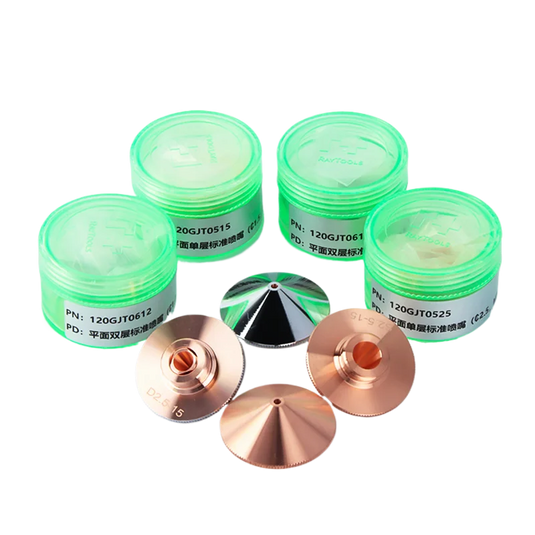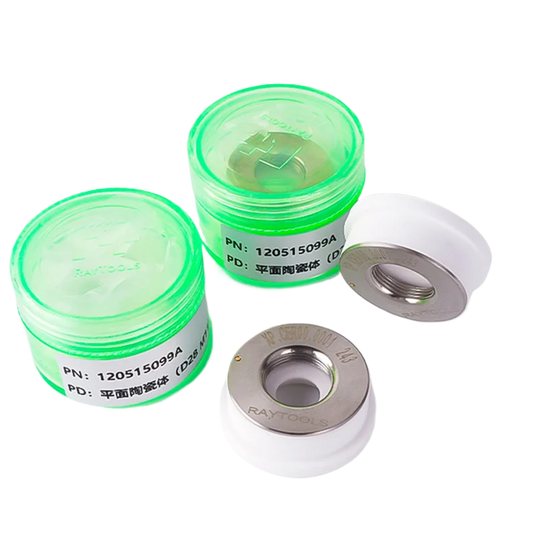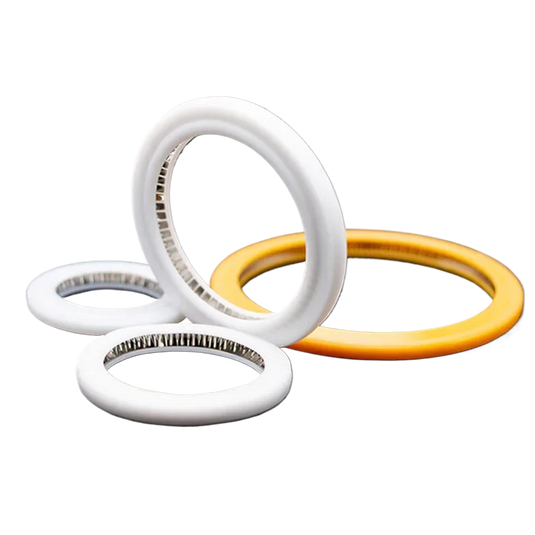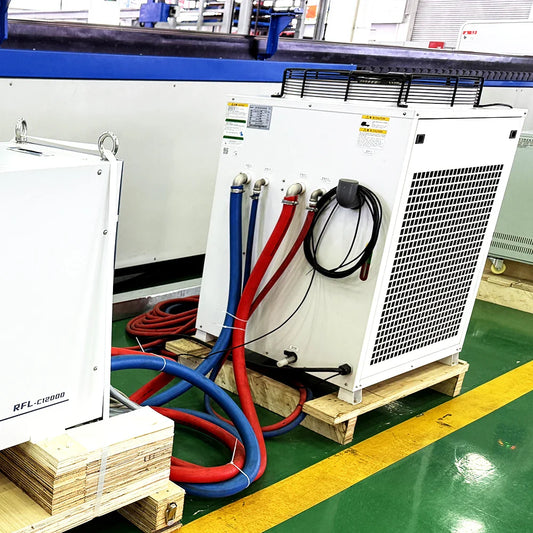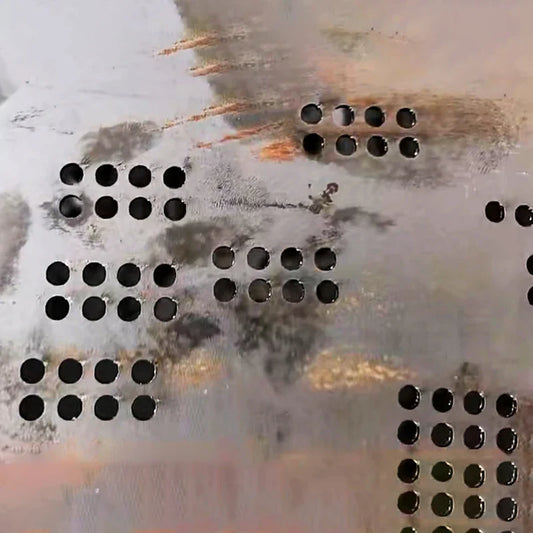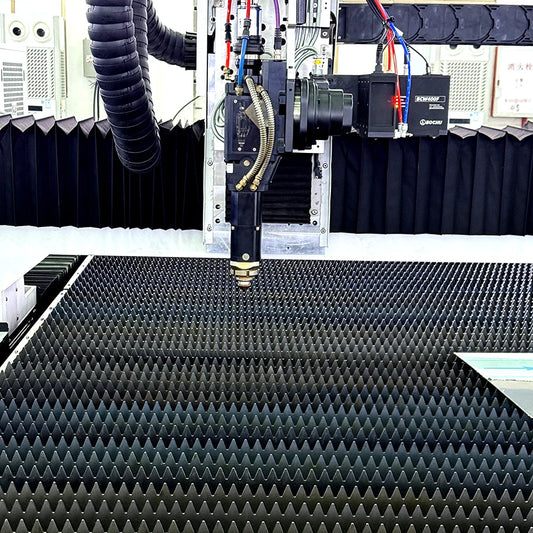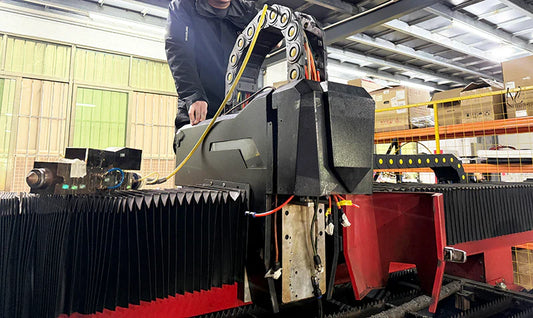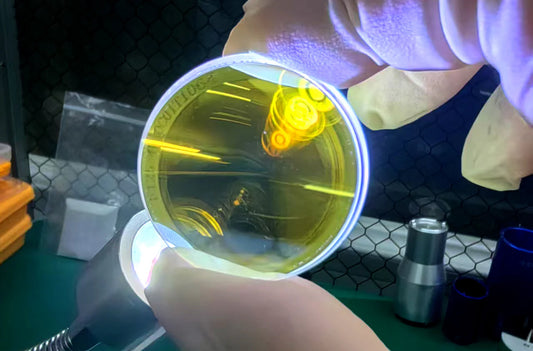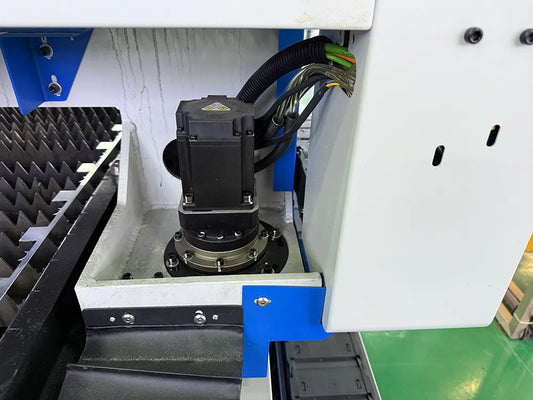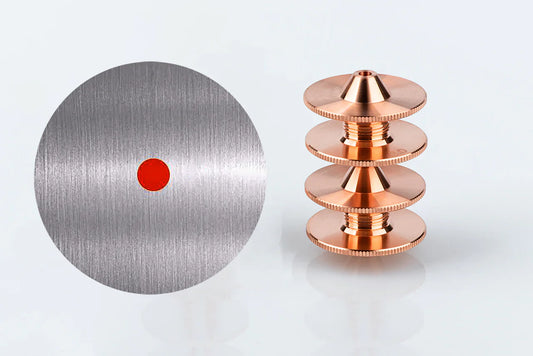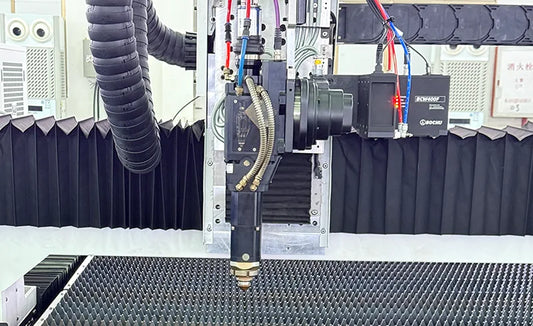How to Solve Exchange Platform Failures in Fiber Laser Cutting Machine
Introduction
Exchange platforms are critical components in automated CNC (Computer Numerical Control) systems that aim to maximise manufacturing efficiency. These platforms allow for simultaneous material loading and unloading while the CNC machine is cutting or milling. Exchange platforms assist in sustaining continuous production by reducing downtime, particularly in high-volume industrial environments.
However, these sophisticated systems are not immune to failures, and when issues arise, they have the potential to disrupt operations. Understanding the reasons and solutions to frequent exchange platform failures is critical for reducing downtime and maintaining smooth operations. This article discusses three typical failures: PLC signal mismatches, frequency inverter faults, and sensor misalignment, offering troubleshooting and prevention techniques.
Failure 1: PLC Signal Mismatches
The Programmable Logic Controller (PLC) is the brain of the CNC exchange platform, controlling its motions and coordinating operations. Mismatched PLC signals can have a significant impact on the platform's performance.
Symptoms
- Platform Stalling: The platform may suddenly cease moving during operation, bringing production to a standstill.
- Erratic Movements: The platform may jolt, move in unexpected ways, or fail to respond to orders correctly.
These issues can harm both the platform and the workpieces, causing more interruptions in the CNC system.
Fixes
-
Check Input Sensors: Begin by evaluating the limit switches at locations X3 and X5, which provide input to the PLC about the platform's position. Check for appropriate connections and use diagnostic tools to ensure sensor signal accuracy. Faulty limit switches are a frequent source of erroneous signals.
-
Recalibrate the PLC Logic: If the sensors are working properly but the problem remains, check the ladder logic in the PLC. This logic controls how the PLC responds to sensor inputs, and coding mistakes might result in improper motions. By reviewing and changing the software, you can guarantee that the PLC reads the signals appropriately.
Failure #2: Frequency Inverter Errors
Frequency inverters control the speed and torque of the motors powering the CNC exchange platform. Errors like the Zhongchen E05 might bring operations to a standstill since they often signify an overload condition.
Causes
- Motor Overload: The platform may be carrying a weight that exceeds its capacity or encounters mechanical resistance (for example, a jammed conveyor belt).
- Phase Loss: A disruption in one of the three-phase power lines might result in unequal power distribution, triggering an overload detection.
Fixes
-
Reset the Inverter: Resetting the inverter can occasionally resolve transient issues and restore regular operation. If the situation persists, more investigation is required.
-
Check Motor Connections: Inspect the motor wiring and use a voltmeter to check for shorts or damage. A short circuit in the windings might cause excessive current flow, resulting in an overload error.
-
Inspect the Power Supply: Measure the voltage levels to ensure that the three-phase power supply is steady. If any of the phases are inconsistent or too low, the motor may draw an excessive amount of current, causing an overload.
-
Replace Damaged Capacitors: If the inverter's capacitors fail, it might cause faults. Capacitors decay over time, particularly in severe environments, thus replacing damaged ones is critical for fixing the problem.
Failure #3: Sensor Misalignment
Sensors are crucial for monitoring the location and movement of the trading platform. Misaligned sensors might cause major operating issues.
Symptoms
- Platform Misalignment: The platform may fail to move to the proper position during loading, unloading, or transfer operations, resulting in erroneous workpiece placement.
- Collisions: Misaligned sensors may cause the platform to move in unexpected directions, increasing the danger of harming the platform, workpieces, or other CNC components.
Fixes
-
Adjust Proximity Sensors: Poorly positioned proximity sensors might inhibit accurate location detection. Use a laser level or alignment tools to guarantee accurate placement. This ensures that the sensors can consistently identify the platform's correct location.
-
Clean and Realign Optical Encoders: Optical encoders, which use light-sensitive components to detect platform movement, can become misaligned or dusty over time. Clean the encoders with a lint-free cloth and a gentle cleaning solution. If alignment issues persist, the encoder may need to be realigned or replaced.
Preventive Strategies
Monthly PLC Diagnostics
Regular PLC diagnostics can help discover possible issues early on. Use diagnostic software to check the PLC's health, discovering flaws in input or output modules, logic mistakes, or communication issues. By doing monthly diagnostics, you may identify problems before they disrupt operations.
Inverter Firmware Updates
Manufacturers often provide firmware upgrades for inverters to improve functionality and fix reported faults. Updating the inverter firmware can help prevent numerous frequent issues. Always back up your old settings before upgrading, and carefully follow the manufacturer's instructions to guarantee a successful update.
Keep Your Operations Running Smoothly with Pendstar!
As a trusted leader in laser cutter parts and consumables for 20+ years, we deliver 100% genuine original replacements with 3-day shipping from our global warehouses. Partnered with RAYCUS, BOCHU, MAX, WSX, and other 30+ top brands, we guarantee compatibility, quality, and rapid solutions for every repair. Whether you’re in the USA, Germany, Italy, Turkey, Brazil, or elsewhere, our localized service teams provide on-site maintenance or remote diagnostics 24/7.
Need urgent support? Contact our local teams now or schedule a online consulation.
Shop Reliable Parts Today → | Get Expert Help →
Backed by 20 Years of Laser Expertise – Your Trusted Partner in Precision Cutting Solutions.
Conclusion
Exchange platform failures in CNC machines can cause substantial production interruptions; however, with a methodical approach to debugging and frequent maintenance, these issues can be efficiently rectified. Understanding the causes of PLC signal mismatches, frequency inverter faults, and sensor misalignment, as well as applying preventative actions like monthly diagnostics and firmware upgrades, will help operators ensure smooth operation and avoid downtime. Regular maintenance and proactive troubleshooting are critical for increasing productivity and reducing costly interruptions in production operations.
FAQs on Exchange Platform Failures in CNC Machines
1. What exactly is the role of an exchange platform in a CNC system?
An exchange platform in a CNC system is crucial for enhancing productivity. It enables the loading and unloading of workpieces during the machining process, allowing for continuous operation without significant downtime. For example, while one side of the platform processes a workpiece, the other side can be prepared for the next job, maximizing the utilization of the CNC machine.
2. How can I tell if a PLC signal mismatch is the cause of my exchange platform problem?
Look for symptoms like the platform stalling during operation or making erratic movements. It might jerk, move in an unexpected direction, or not respond properly to commands. If these issues occur, PLC signal mismatches could be the culprit. You can use diagnostic tools to check input sensors like limit switches (such as those at positions X3 and X5 in some systems). If the sensors seem to be working fine but the problem persists, it could be due to incorrect PLC logic.
3. What are the common causes of sensor misalignment in an exchange platform?
Over time, vibrations from the CNC machine's operation can cause sensors to shift out of position. Additionally, dust, debris, or improper installation can lead to sensor misalignment. For optical encoders, dirt accumulation can interfere with their operation, while for proximity sensors, physical displacement due to mechanical stress or impact can be a cause.
4. Can I fix a PLC signal mismatch problem myself, or do I need a professional?
If the issue is related to a simple sensor problem, like a loose connection in a limit switch, you can try to fix it yourself. However, if the problem requires recalibrating the PLC logic, it's advisable to seek professional help. PLC logic can be complex, and incorrect adjustments may lead to more serious problems. Referring to the PLC's documentation or consulting an experienced technician is the best approach in such cases.

